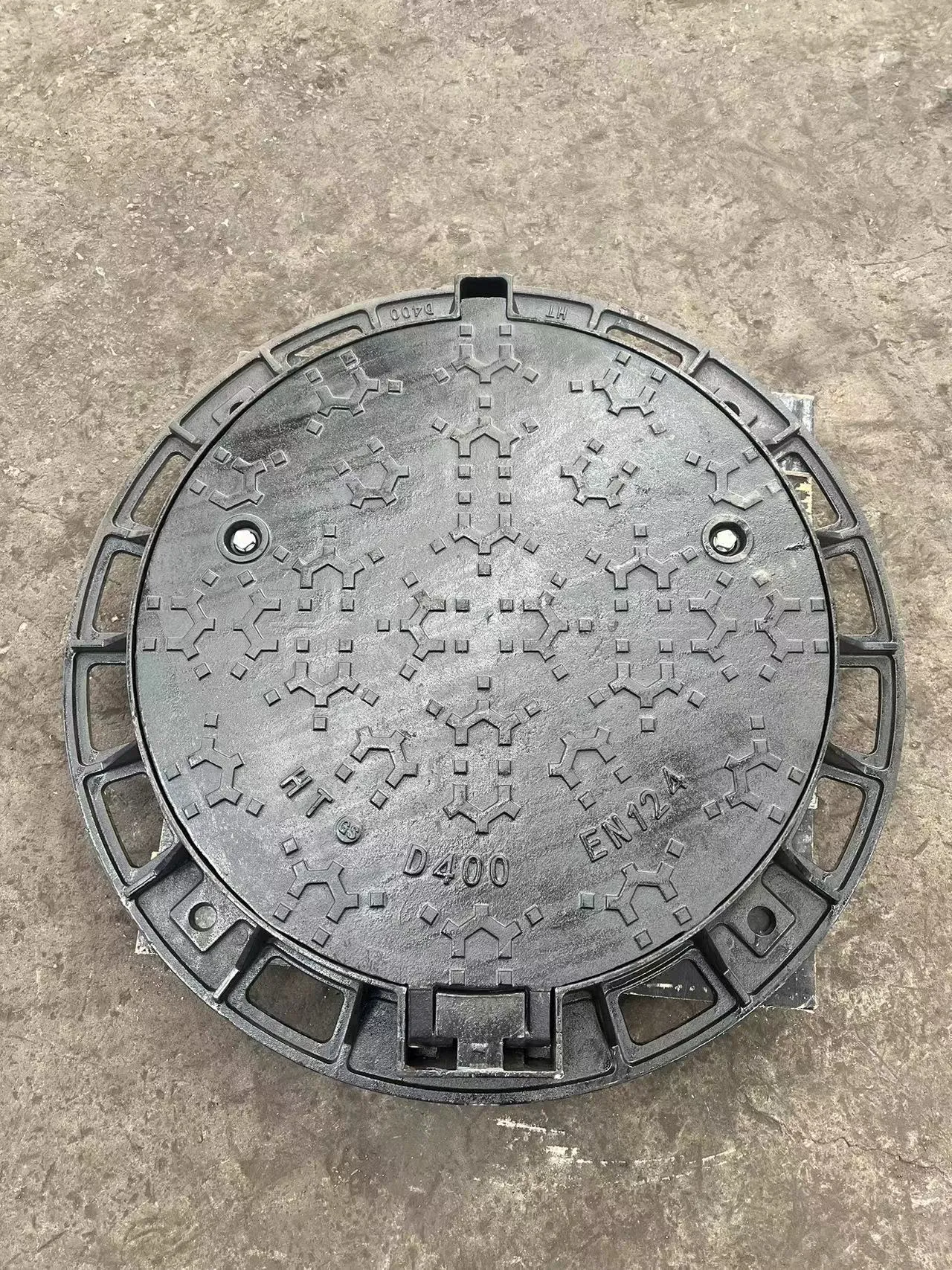butterfly wafer type valve
Understanding Butterfly Wafer Type Valves
Butterfly wafer type valves are crucial components in various industrial applications, known for their efficient design and reliable performance. These valves play a significant role in controlling fluid flow in pipelines, making them a preferred choice for many operators looking for a balance between functionality and cost-effectiveness.
Design and Structure
The butterfly valve is named for its disc that resembles the wings of a butterfly. This disc is located in the center of the valve body and is mounted on a shaft. When the valve is opened, the disc is rotated 90 degrees, allowing fluid to flow through the pipeline unhindered. Conversely, when the valve is closed, the disc is positioned perpendicular to the flow, effectively sealing the passage and preventing fluid from moving through.
Wafer type butterfly valves are particularly notable for their compact and lightweight design. Unlike lug style or flanged valves, wafer valves do not have protruding flanges, which mostly allows them to be sandwiched between two flanges in a piping system. This design makes them ideal for installations where space is limited and results in a more economical solution, as they typically require less material for construction.
Working Principle
The operation of a butterfly wafer type valve is relatively straightforward
. The valve consists of three main components the valve body, the disc, and the actuator. Depending on the application, the actuator can be manual (using a lever or handwheel) or automatic (using pneumatic, electric, or hydraulic systems).When an operator needs to adjust the flow rate, they can open or close the valve by turning the actuator. The position of the disc determines the flow area, which allows for efficient control over the volume of fluid passing through. This mechanism translates into faster response times compared to traditional gate or globe valves, making butterfly valves advantageous in dynamic systems.
butterfly wafer type valve

Applications
Butterfly wafer type valves are widely used across various sectors, including water treatment, wastewater management, chemical processing, and HVAC systems. Their ability to handle different types of fluids—liquids, gases, and slurries—makes them versatile. Additionally, they are commonly found in applications where rapid open/close cycles are necessary, such as in fire protection systems or irrigation.
In the water and wastewater industry, these valves are valuable in regulating the flow, ensuring efficient treatment processes, and maintaining system pressure. In chemical processing, the ability to handle corrosive substances means that butterfly valves made from exotic materials, such as stainless steel or PVC, are preferred to enhance durability and performance.
Advantages
Butterfly wafer type valves provide a variety of advantages that contribute to their popularity. One of the primary benefits is their low pressure drop. Due to their disc design, there is minimal obstruction to fluid flow, which means that they can be used in systems where minimizing energy loss is crucial. Additionally, the lightweight nature of these valves makes installation and maintenance easier and more cost-effective.
Another significant advantage is their ease of automation. With advancements in valve actuation technology, these valves can be integrated into sophisticated control systems, allowing for precise flow management and remote operations.
Conclusion
In summary, butterfly wafer type valves are indispensable in many industrial sectors due to their efficient design, reliability, and adaptive nature. Their simple yet effective operation allows for precise control over fluid dynamics, making them a staple in both modern and traditional piping systems. With the rising demand for more sustainable and efficient industrial processes, the role of butterfly valves is expected to grow, further solidifying their place in the landscape of fluid control technologies. Understanding their operation, benefits, and applications is essential for anyone involved in industrial design, engineering, or maintenance, paving the way for optimized systems and enhanced performance.
-
The Smarter Choice for Pedestrian AreasNewsJun.30,2025
-
The Gold Standard in Round Drain CoversNewsJun.30,2025
-
The Gold Standard in Manhole Cover SystemsNewsJun.30,2025
-
Superior Drainage Solutions with Premium Gully GratesNewsJun.30,2025
-
Superior Drainage Solutions for Global InfrastructureNewsJun.30,2025
-
Square Manhole Solutions for Modern InfrastructureNewsJun.30,2025
-
Premium Manhole Covers for Modern InfrastructureNewsJun.30,2025
